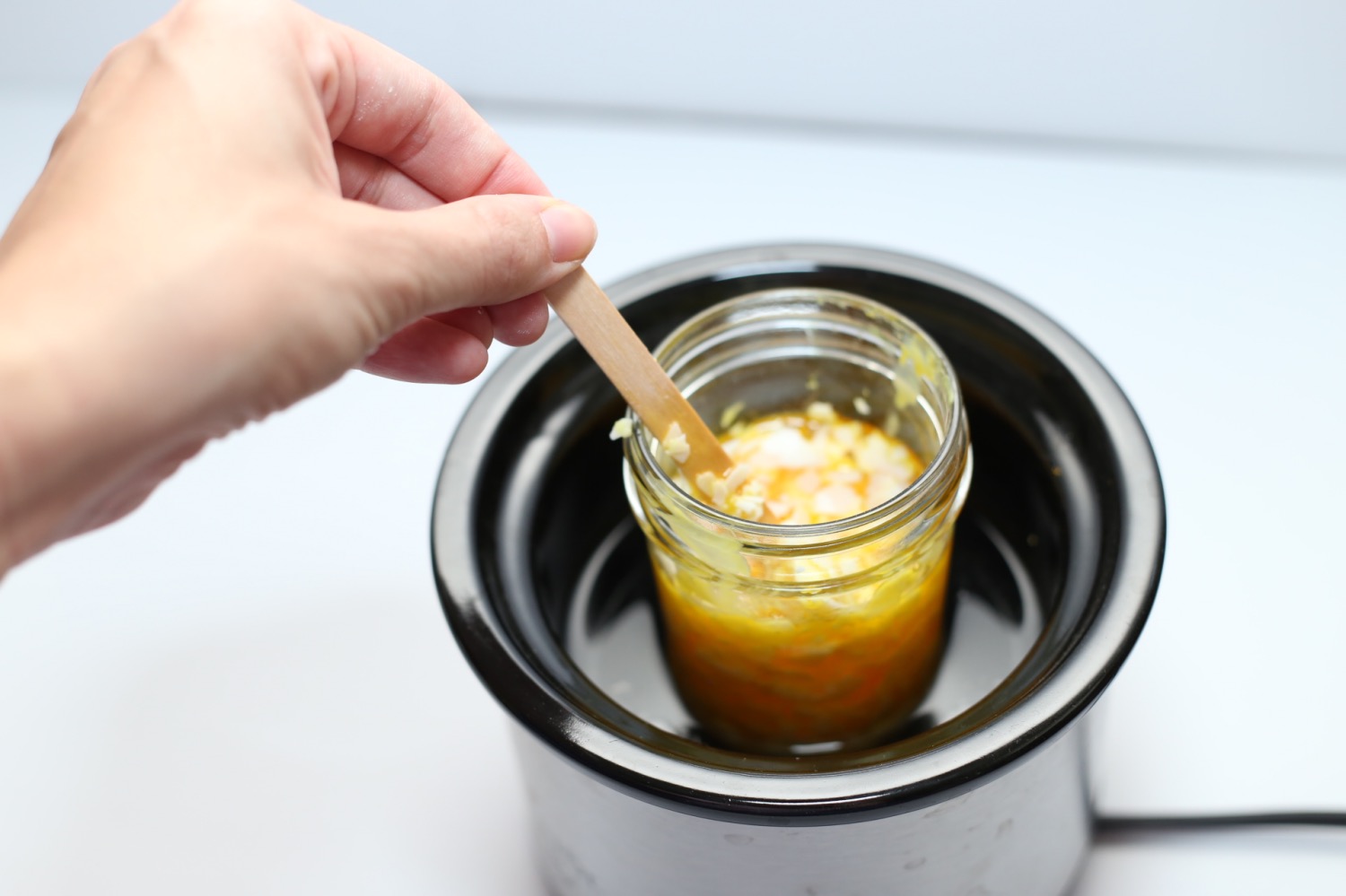

Articles
What Temperature Do Candles Melt
Modified: August 23, 2024
Discover the perfect temperature at which candles melt and learn more about candle making in our informative articles.
(Many of the links in this article redirect to a specific reviewed product. Your purchase of these products through affiliate links helps to generate commission for Storables.com, at no extra cost. Learn more)
Introduction
When it comes to setting a cozy and relaxing ambiance, candles have been a popular choice for centuries. Whether you’re looking to create a romantic atmosphere or simply unwind after a long day, candles can add warmth and serenity to any space. But have you ever wondered at what temperature candles actually melt?
In this article, we will explore the factors that contribute to the melting point of candles. From the composition of the wax to the influence of the wick, ambient temperature, and even additives, there are various elements that can affect the point at which a candle transforms from solid to liquid.
Understanding the melting temperature of candles is not only interesting but also important for safety purposes. It helps to know how to handle and care for candles to prevent accidents or damage to your home or belongings.
So, let’s dive into the world of candle melting temperatures and gain a deeper understanding of what goes on when your favorite scented candles start to liquify.
Key Takeaways:
- Understanding the melting temperature of candles involves considering wax composition, wick size, ambient temperature, and additives. This knowledge helps in selecting the right candles for different occasions and ensuring a safe and enjoyable experience.
- Safety precautions, such as never leaving a burning candle unattended, trimming wicks, and preventing drafts, are essential for a tranquil and hazard-free candle-burning experience. By prioritizing safety and understanding melting factors, you can fully embrace the beauty and relaxation that candles offer.
Read more: What Temperature To Melt Soy Wax For Candles
Factors Affecting Candle Melting Temperature
The melting temperature of a candle is influenced by several factors, ranging from the type of wax used to the presence of additives and even external conditions. Let’s take a closer look at these factors:
- Wax Composition and Melting Point: The type of wax used in a candle greatly affects its melting temperature. Different waxes have different melting points. For example, paraffin wax, which is derived from petroleum, has a relatively low melting point ranging from 120 to 160 degrees Fahrenheit. On the other hand, beeswax has a higher melting point of approximately 145 to 150 degrees Fahrenheit. Soy wax, made from soybean oil, falls somewhere in between with a melting point of around 125 to 135 degrees Fahrenheit. The composition and purity of the wax can also influence its melting temperature.
- Types of Candles and Their Melting Points: Candle manufacturers often create variations in their products by using different blends of wax and additives. These variations can result in candles with varying melting points. For instance, votive and pillar candles are typically made from denser wax formulations, which have higher melting points. Taper candles, on the other hand, are usually thinner and have lower melting points.
- Influence of Wick Size and Material: The size and material of the wick play a role in the melting temperature of a candle. A larger wick allows more fuel (molten wax) to be drawn up and burned, which can increase the melting rate. Additionally, the material used in the wick, such as cotton or hemp, can affect how efficiently the candle burns and consequently impact its melting temperature.
- The Impact of Ambient Temperature: The surrounding temperature can also affect the melting point of a candle. In warmer temperatures, candles may melt more quickly, while in cooler environments, the melting process may be slower. It’s important to consider the room temperature when selecting and placing your candles to ensure they burn safely and evenly.
- Effects of Additives and Fragrances: Many candles are infused with fragrances or additives for aesthetic and aromatic purposes. These additives can alter the melting point of the wax. For example, the addition of essential oils or fragrance oils can create a lower melting point, while certain dyes or other additives may increase the melting temperature.
By understanding these factors, you can make informed decisions when selecting candles for different occasions or settings. It’s essential to consider the melting temperature of a candle, especially when using it in specific environments or with specific intentions.
Wax Composition and Melting Point
The composition of the wax used in candles greatly influences their melting point. Different types of wax have varying melting points, which in turn affects how the candle will perform when lit.
One common type of wax used in candles is paraffin wax. Paraffin wax is derived from petroleum and is known for its low cost and easy availability. It has a melting point ranging from 120 to 160 degrees Fahrenheit (49 to 71 degrees Celsius). This relatively low melting point allows paraffin wax candles to melt and release their fragrance quickly when lit.
Another popular type of wax is beeswax, which is created by bees as they build their honeycombs. Beeswax has a higher melting point compared to paraffin wax, typically ranging from 145 to 150 degrees Fahrenheit (63 to 66 degrees Celsius). The higher melting point of beeswax makes it an excellent choice for candles that need to withstand warmer temperatures or longer burn times.
Soy wax is a natural alternative to paraffin wax and is derived from soybean oil. It has gained popularity due to its renewable and eco-friendly nature. The melting point of soy wax is generally lower, ranging from 125 to 135 degrees Fahrenheit (52 to 57 degrees Celsius). Soy candles tend to have a longer burn time and offer a cleaner and more sustainable option for candle lovers.
Aside from these commonly used waxes, there are also specialty waxes available in the market. These include palm wax, coconut wax, and even vegetable-based blends. Each of these waxes has its own unique melting points, giving candle makers the opportunity to create candles with specific performance characteristics.
It’s important to note that the purity and quality of the wax can also affect its melting point. Impurities or additives in the wax can alter its performance and potentially lower its melting temperature. When purchasing candles, it’s advisable to choose those made from high-quality, pure wax to ensure a consistent and safe burn.
Understanding the wax composition and melting point allows you to select candles that are suitable for your desired burn time, room temperature, and overall candle performance. Whether you prefer a quick-burning candle for a shorter occasion or a long-lasting one for extended periods, considering the wax type and melting point is essential in finding the perfect candle for your needs.
Types of Candles and Their Melting Points
Candles come in various shapes, sizes, and styles, and each type has its own unique melting point. Understanding the melting points of different candles can help you choose the right one for your specific needs and preferences.
1. Votive and Pillar Candles:
Votive and pillar candles are known for their versatility and long burn times. These candles are typically made from denser wax formulations, which provide a slower and more controlled burn. As a result, they have higher melting points compared to other candle types. Votive and pillar candles generally have melting points ranging from 140 to 160 degrees Fahrenheit (60 to 71 degrees Celsius).
2. Taper Candles:
Taper candles are slender candles with a pointed tip, commonly used for ceremonial purposes or as decorative accents. Due to their smaller diameter and elongated shape, taper candles tend to have lower melting points. The melting point of taper candles typically ranges from 120 to 140 degrees Fahrenheit (49 to 60 degrees Celsius).
3. Container Candles:
Container candles, as the name suggests, are candles that are poured into a container, such as a glass jar or a tin. The choice of wax for container candles can vary, but most commonly, soy wax or a soy blend is used. The melting point of soy wax falls around 125 to 135 degrees Fahrenheit (52 to 57 degrees Celsius), making it suitable for container candles. However, it’s important to note that the melting point can vary depending on the specific blend and additives used in the wax.
4. Specialty Candles:
Specialty candles encompass a wide range of unique candle types, including novelty shapes and themed designs. These candles can have varying melting points depending on the type of wax used and the intricacy of the design. For example, gel candles, which are made from a translucent gel-like substance, have a lower melting point due to the nature of the gel materials. Similarly, candles with embedded objects or layered designs may have different melting points based on the combination of wax types and decorative elements.
When selecting the right type of candle, consider the intended use, burn time, and desired aesthetics. Higher melting point candles, such as votive or pillar candles, are ideal for longer burn times and a more controlled release of fragrance. Lower melting point candles, like taper candles, are perfect for shorter occasions or when a more ambient glow is desired.
Understanding the melting points of different candle types allows you to make informed choices when setting the mood and ambiance for any occasion. Whether it’s a romantic dinner, a relaxing bath, or simply to add a touch of warmth to your living space, the right candle with the appropriate melting point can enhance your overall experience.
Influence of Wick Size and Material on Candle Melting
While wax composition plays a significant role in candle melting, the size and material of the wick also have an impact on how the candle burns and ultimately melts. The wick size and material can influence factors such as burn rate, flame intensity, and overall melting temperature.
1. Wick Size:
The size of the wick directly affects how much fuel (molten wax) is drawn up and burned by the flame. A larger wick allows for more fuel to be consumed, resulting in a faster burn rate and potentially higher melting temperatures. On the other hand, a smaller wick may draw up less fuel, resulting in a slower burn and lower melting temperatures.
It’s important to select the appropriate wick size considering the diameter and composition of the candle. A wick that is too large for a smaller candle can create an excessive amount of heat, causing the candle to melt unevenly or burn too quickly. Conversely, a wick that is too small may not provide enough heat to effectively melt the surrounding wax, resulting in tunneling or a limited melt pool.
2. Wick Material:
The material used in the wick can also impact the melting behavior of the candle. The most commonly used materials for wicks include cotton and hemp.
Cotton wicks are widely used due to their affordability and efficient burning qualities. Cotton wicks can be found in various sizes, and they tend to provide a good balance between burn rate and melting temperature. They are often treated with specific additives to enhance their performance and create a more controlled burn.
Hemp wicks, on the other hand, are known for their eco-friendly and sustainable nature. Hemp wicks usually have a slower burn rate compared to cotton wicks, which can result in lower melting temperatures. Hemp wicks are a popular choice for those seeking a more natural and organic candle experience.
When selecting candles, consider the combination of wick size and material to ensure an optimal burn and melting experience. A proper wick size and material can help maintain a consistent and even burn, prevent issues like tunneling or uneven melting, and ultimately enhance the longevity and performance of the candle.
Furthermore, it’s essential to trim the wick before each burn to a suitable length (usually around a quarter of an inch) to promote a clean and steady flame. This practice can help regulate the burn rate and minimize the risk of excessive heat, which could contribute to accelerated melting or other safety concerns.
Understanding the influence of wick size and material on candle melting can assist you in selecting candles that provide an optimal burn and overall experience. Properly chosen and maintained wicks can help ensure a longer-lasting candle that burns evenly and safely.
Candles typically melt at temperatures between 120-180 degrees Fahrenheit. To prevent melting, store them in a cool, dry place away from direct sunlight and heat sources.
Read more: At What Temperature Does Crystal Glass Melt?
The Impact of Ambient Temperature on Candle Melting
The melting behavior of candles can be significantly influenced by the ambient temperature of the environment they are placed in. The surrounding temperature affects the rate at which the wax melts and ultimately determines how the candle performs.
1. Warmer Temperatures:
In higher ambient temperatures, candles are more prone to melting at a faster rate. This is because the heat from the environment accelerates the melting process. As the wax melts, the pool of liquid wax around the wick increases, providing more fuel for the flame and resulting in a quicker burn. Candles placed in warmer environments may have a shorter overall burn time due to the increased melting rate.
2. Cooler Temperatures:
Conversely, in cooler ambient temperatures, candles tend to melt at a slower pace. The coolness of the environment impedes the heat transfer from the surrounding air to the candle wax, causing a slower melting process. Candles in cooler environments may have a longer burn time as the wax melts gradually and the flame consumes the fuel at a slower rate.
It’s important to consider the ambient temperature when using and placing candles to ensure a safe and controlled burn. Here are some key points to keep in mind:
– Avoid placing candles in direct sunlight or near sources of heat, as this can cause the ambient temperature to rise and accelerate the melting process.
– If you want to prolong the burn time of a candle, consider keeping it in a cooler room or placing it on a heat-resistant surface to mitigate the impact of warmer temperatures.
– On the other hand, if you want a more intense scent release or faster burn time, placing the candle in a slightly warmer area can help achieve that effect.
– It’s important to note that extreme temperature variations, such as rapidly shifting from a hot environment to a cold one, can cause thermal shock to the candle and lead to issues like cracking or uneven melting. Allow the candle to acclimate to the new temperature gradually to maintain its integrity.
Taking the ambient temperature into account when using candles can enhance your overall experience. It helps you control the burning rate, ensure even wax consumption, and maintain a safe burning environment.
Lastly, regardless of the ambient temperature, always remember to follow general candle safety practices, such as not leaving candles unattended, keeping them away from flammable materials, and placing them on stable surfaces for a secure burn.
By being mindful of the impact of ambient temperature, you can enjoy the beauty and ambiance of candles while ensuring a safe and pleasant experience.
Effects of Additives and Fragrances on Candle Melting Point
When it comes to candles, additives and fragrances are often used to enhance their aesthetic appeal and create a pleasant sensory experience. However, these additives can also have an impact on the melting point of the candle.
1. Essential Oils and Fragrance Oils:
Adding essential oils or fragrance oils to candles can alter their melting points. These oils are often derived from natural sources or created synthetically to provide a specific scent. While they enhance the aromatherapy aspect of the candle, they can also affect the performance of the wax.
Essential oils and fragrance oils typically have lower flash points than the wax itself. Flash point refers to the temperature at which a substance gives off vapors that can ignite when exposed to an open flame. When these oils are added to the wax, they can lower the overall melting point of the candle, making it melt at a lower temperature than a pure wax candle without any additives.
2. Dyes and Colorants:
Adding dyes or colorants to candles can also impact the melting point. Certain pigments or colorants used to create vibrant and visually appealing candles may contain components that can affect the wax’s melting temperature.
Some colorants can absorb heat and insulate the wax, causing it to melt at a higher temperature. On the other hand, certain dyes or colorants may have a low melting point themselves and can lower the overall melting temperature of the candle.
3. Other Additives:
There are various other additives that candle makers may incorporate into their products, such as UV inhibitors, texture modifiers, or even botanicals like dried flowers or herbs. These can impact the melting point of the candle as well.
UV inhibitors, for example, can help prevent discoloration or fading of the wax when exposed to sunlight. While they do not directly affect the melting temperature, their presence can affect the overall performance and appearance of the candle.
It’s important to note that the effect of additives and fragrances on melting point can vary depending on the specific ingredients used, the concentration levels, and the overall formulation of the candle. Different fragrances, colorants, or other additives interact uniquely with the wax, resulting in different melting behaviors.
By understanding the impact of additives and fragrances on the melting point, you can choose candles that align with your preferences and needs. If you prefer longer burn times or are concerned about burning the candle for longer periods, selecting candles with minimal additives and fragrances may be a suitable choice. On the other hand, if you prioritize the aromatic experience and don’t mind a shorter burn time, scented candles with additives can provide the desired ambiance.
Always read the labels or descriptions when purchasing candles to understand the presence of additives, fragrances, and their potential influence on the melting point. This will help you make informed decisions and select candles that align with your desired melting behavior and sensory experience.
Safety Precautions when Dealing with Melting Candles
While candles can provide a beautiful and relaxing ambiance, it’s important to handle and care for them with caution. Here are some essential safety precautions to keep in mind when dealing with melting candles:
- Never leave a burning candle unattended: Always extinguish a candle before leaving the room or going to sleep. Unattended candles can pose a fire hazard, especially if they are left near flammable materials or in a drafty area.
- Keep candles away from flammable materials: Ensure that candles are placed on a heat-resistant surface and kept away from curtains, clothing, books, papers, or any other flammable items. This will help prevent accidental fires if the flame becomes too large or if the wax spills.
- Trim the wick before each burn: Trim the wick to a quarter of an inch before lighting the candle. A longer wick can create a larger flame and generate more heat, increasing the risk of the candle melting too quickly or possibly causing the glass or container to crack.
- Place candles in stable holders or containers: Use candle holders or containers that are stable and won’t tip over easily. This will help prevent the candle from accidentally falling or spilling hot wax, reducing the risk of burns or a potential fire.
- Avoid touching or moving a burning candle: It’s important to refrain from touching or moving a candle while it is burning or while the wax is still hot. The wax can reach high temperatures and can cause burns if it comes into contact with the skin.
- Keep candles out of reach of children and pets: Ensure that candles are placed in areas that are inaccessible to children and pets. Curious hands and paws can accidentally knock over a candle, leading to injuries or accidents.
- Be mindful of the surroundings: Be aware of the location of the candle and the proximity to other objects. Ensure there is enough space around the candle for proper ventilation and to avoid any potential hazards.
- Prevent drafts and strong air currents: Avoid placing candles in areas with strong drafts, as this can cause the flame to flicker and potentially lead to uneven melting or an increased risk of accidents.
- Extinguish candles properly: Use a candle snuffer or gently blow out the flame to extinguish the candle. Avoid using water to put out a candle, as it can cause splattering of hot wax and may not effectively extinguish the flame.
- Store candles in a cool and dry place: Properly store unused candles in a cool and dry area, away from direct sunlight or extreme temperatures. This will help maintain the integrity of the wax and reduce the risk of the candle melting prematurely.
Observing these safety precautions when dealing with melting candles can minimize the risk of accidents and ensure a safe and enjoyable candle-burning experience. Remember, safety should always be the top priority to fully enjoy the beauty and benefits that candles offer.
Conclusion
Candles have long been cherished for their ability to create a soothing and inviting atmosphere. Understanding the factors that affect the melting point of candles can enhance your candle-burning experience, help you select the right candles for different occasions, and ensure safety precautions are taken.
The composition of the wax is a key determinant of the melting point, with different waxes such as paraffin, beeswax, and soy wax having varying melting temperatures. The type of candle and its shape, such as votive, pillar, taper, or container candle, will also affect the melting behavior.
Wick size and material play a role in the melting point too. A larger wick and certain materials can result in a faster burn rate and higher melting temperature, while a smaller wick may lead to slower burning and lower melting temperatures.
The ambient temperature of the environment where candles are placed can impact their melting point. Higher temperatures accelerate the melting process, while cooler temperatures slow it down. Understanding the influence of ambient temperature helps in controlling the burn rate and ensuring an even melt pool.
Additives and fragrances can affect the melting point of candles. Essential oils, fragrance oils, dyes, and other additives in candles can lower or raise the melting temperature, creating unique melting behaviors and aromatic experiences.
Above all, safety precautions should always be taken when dealing with melting candles. Never leave a burning candle unattended, keep them away from flammable materials, and place them in stable holders or containers. Trim wicks, prevent drafts, and store candles properly.
By considering these factors and safety guidelines, you can create a tranquil environment while minimizing risks and enjoying the beauty and relaxation that candles provide.
So, whether you’re planning a romantic dinner, a self-care session, or simply want to add a touch of warmth and coziness to your space, now armed with knowledge about candle melting, you can make informed choices and fully embrace the delightful world of candles.
Frequently Asked Questions about What Temperature Do Candles Melt
Was this page helpful?
At Storables.com, we guarantee accurate and reliable information. Our content, validated by Expert Board Contributors, is crafted following stringent Editorial Policies. We're committed to providing you with well-researched, expert-backed insights for all your informational needs.
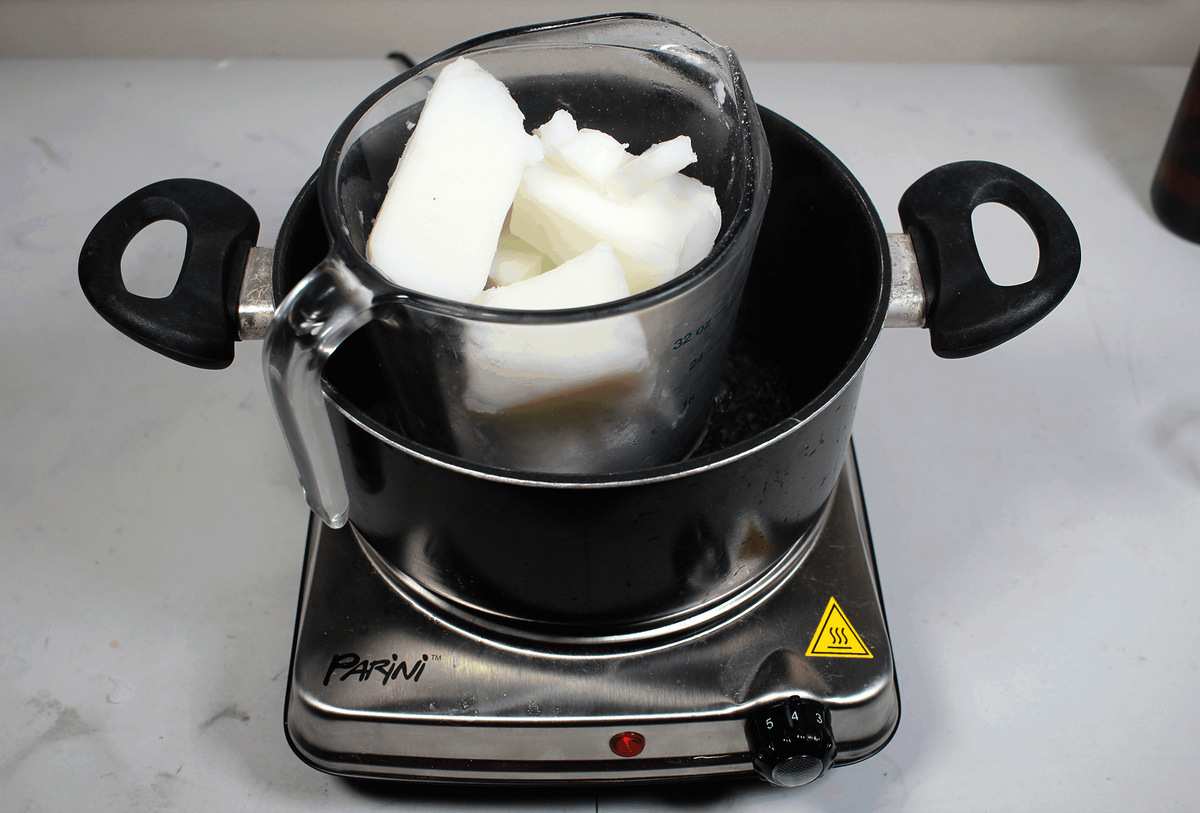
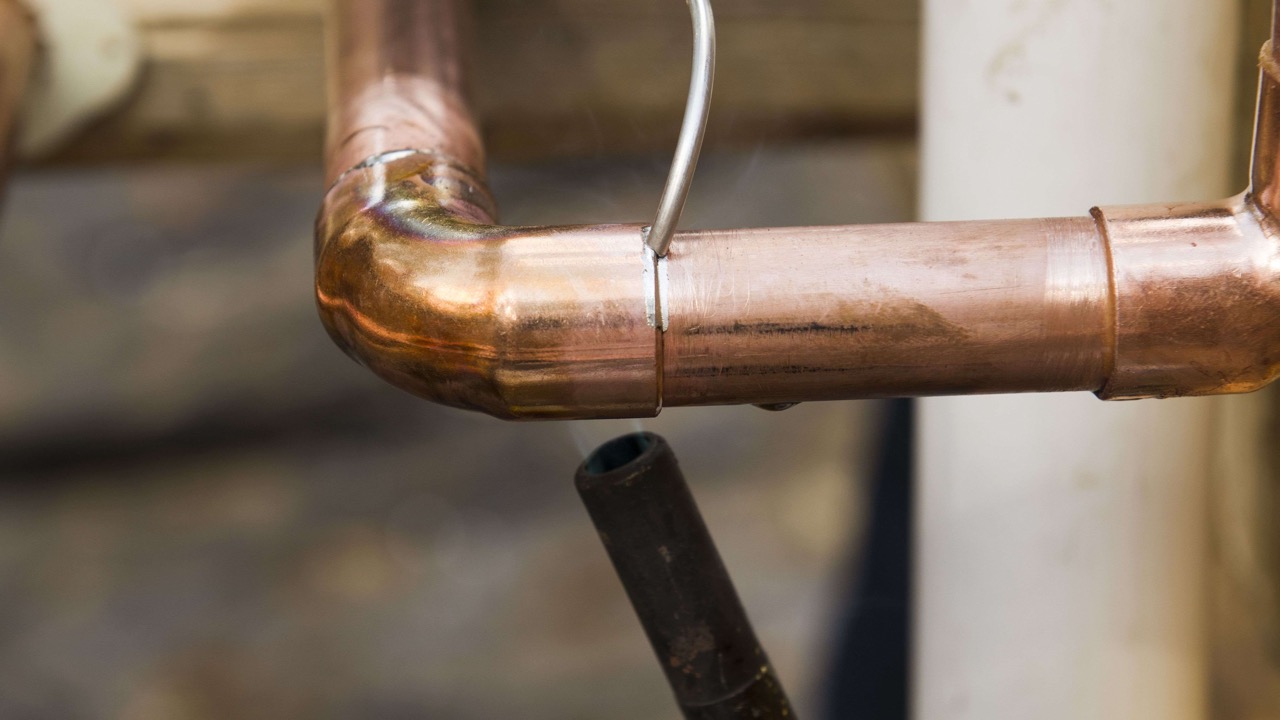
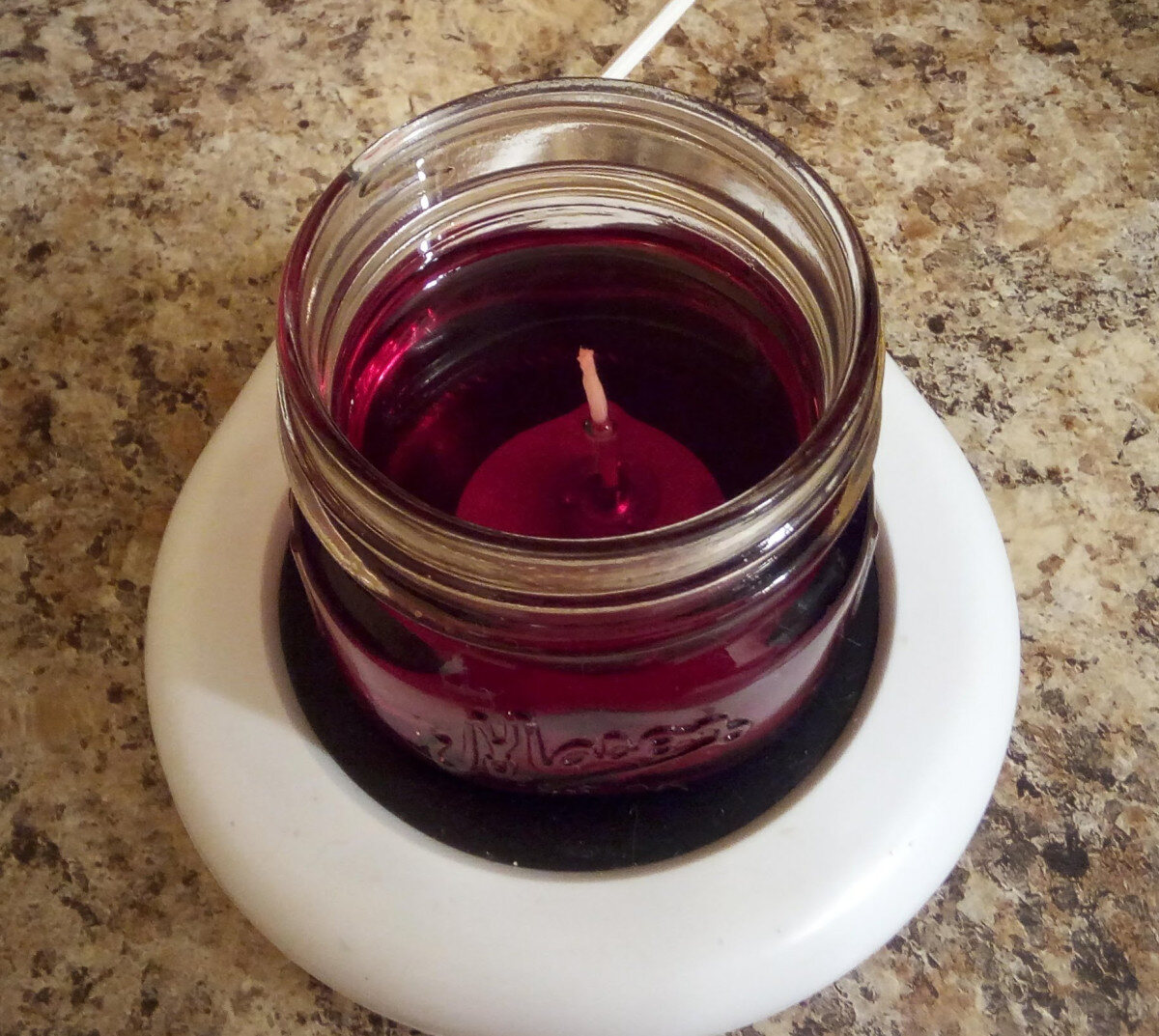
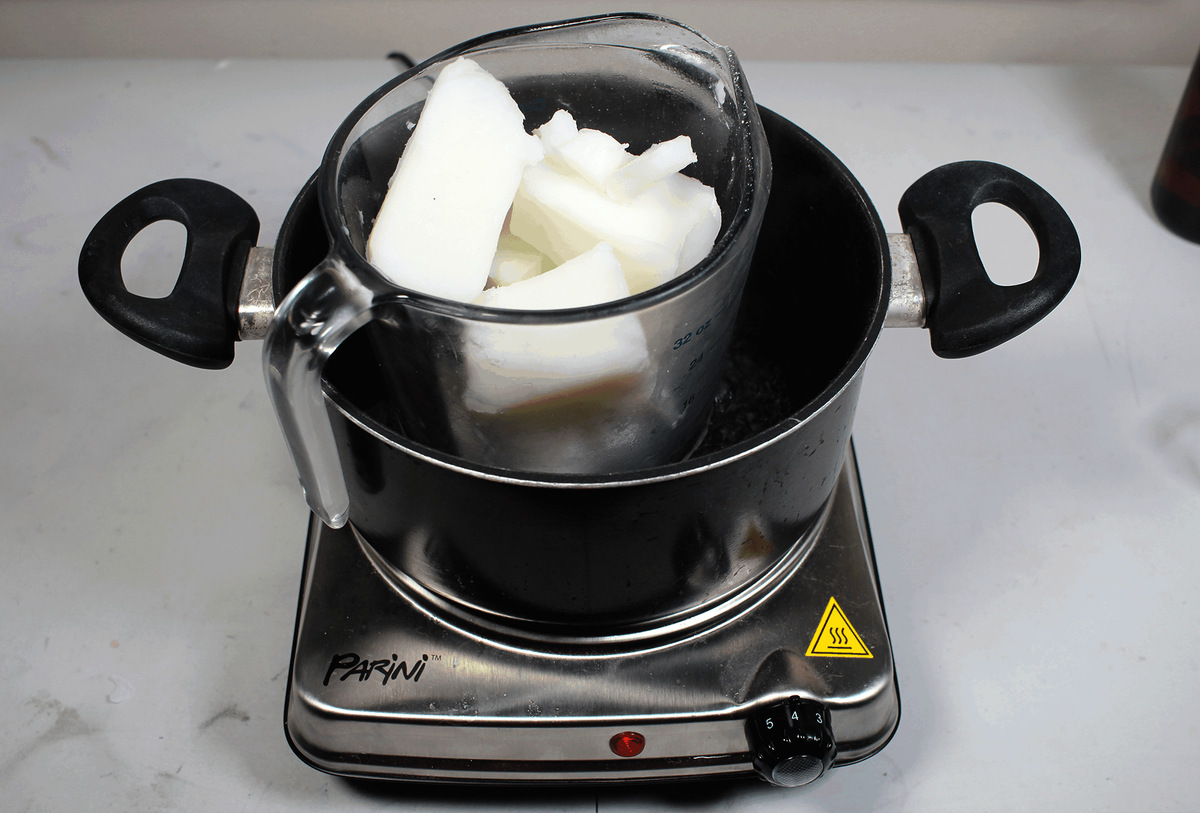

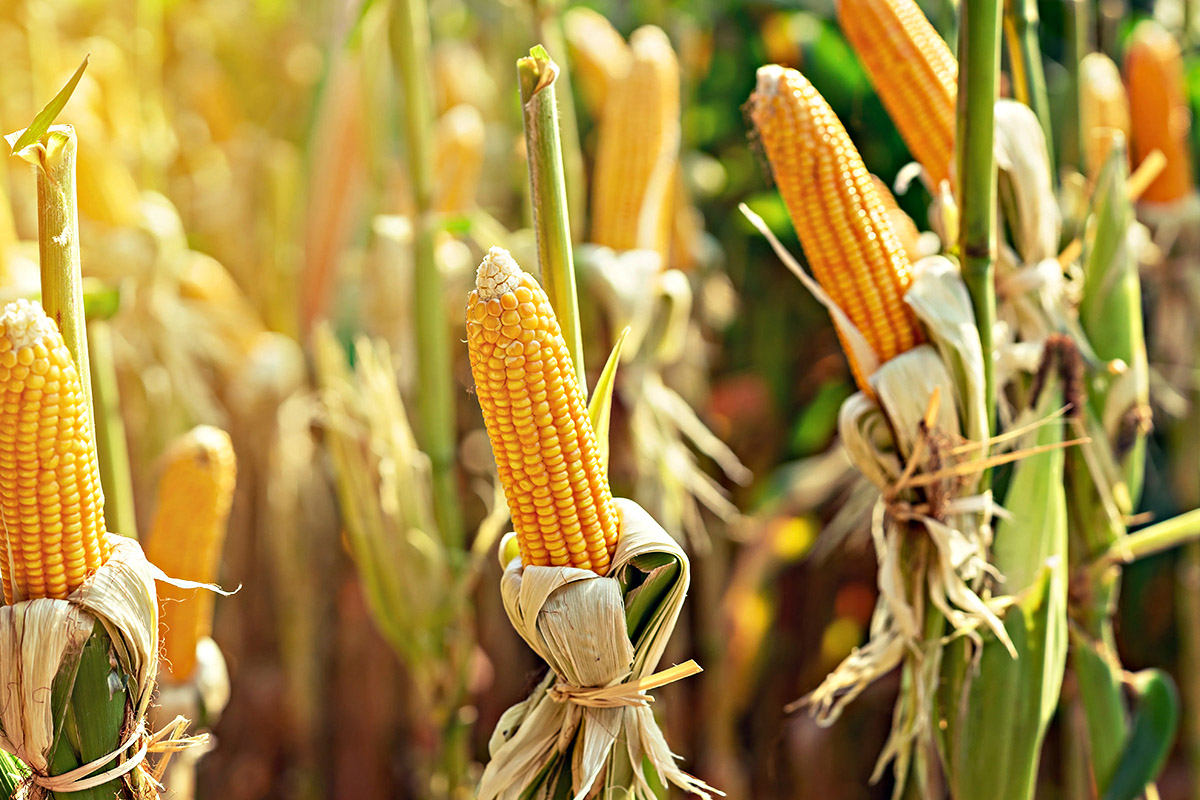

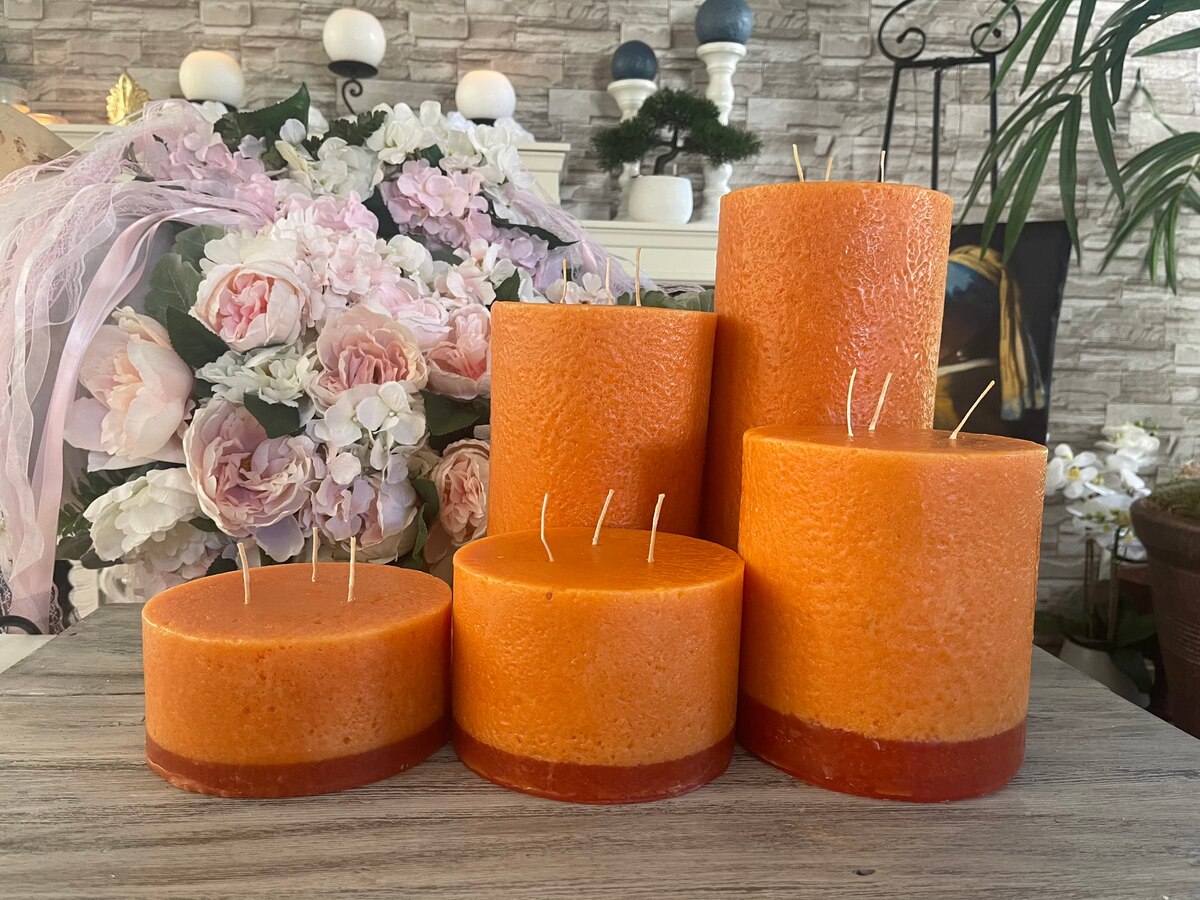
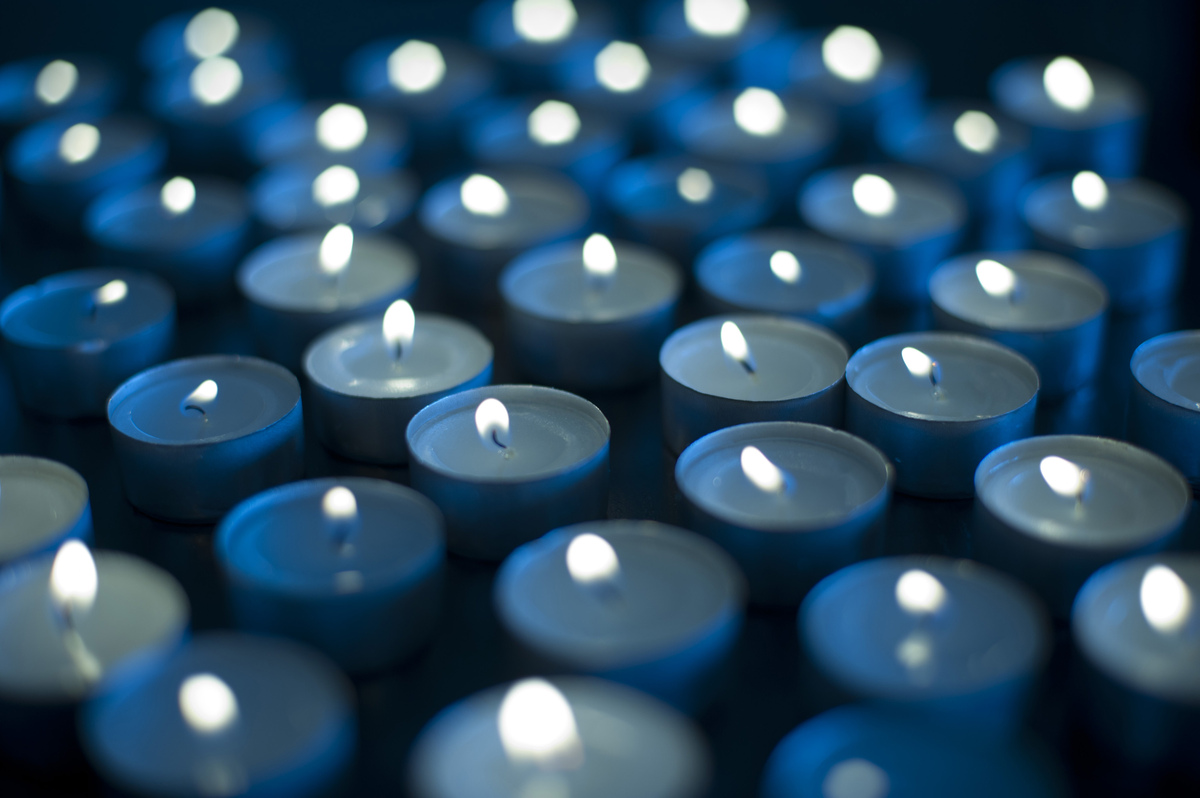

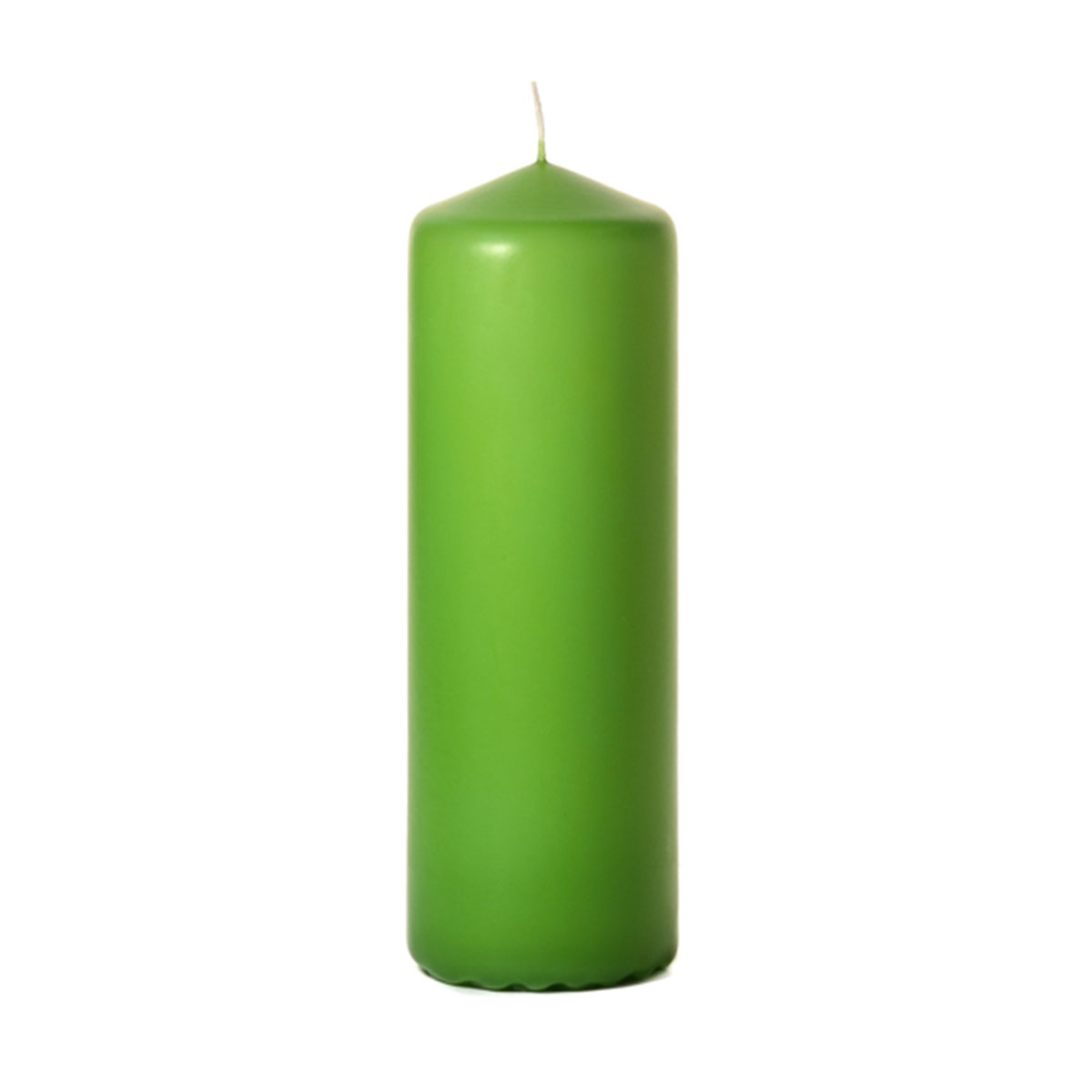
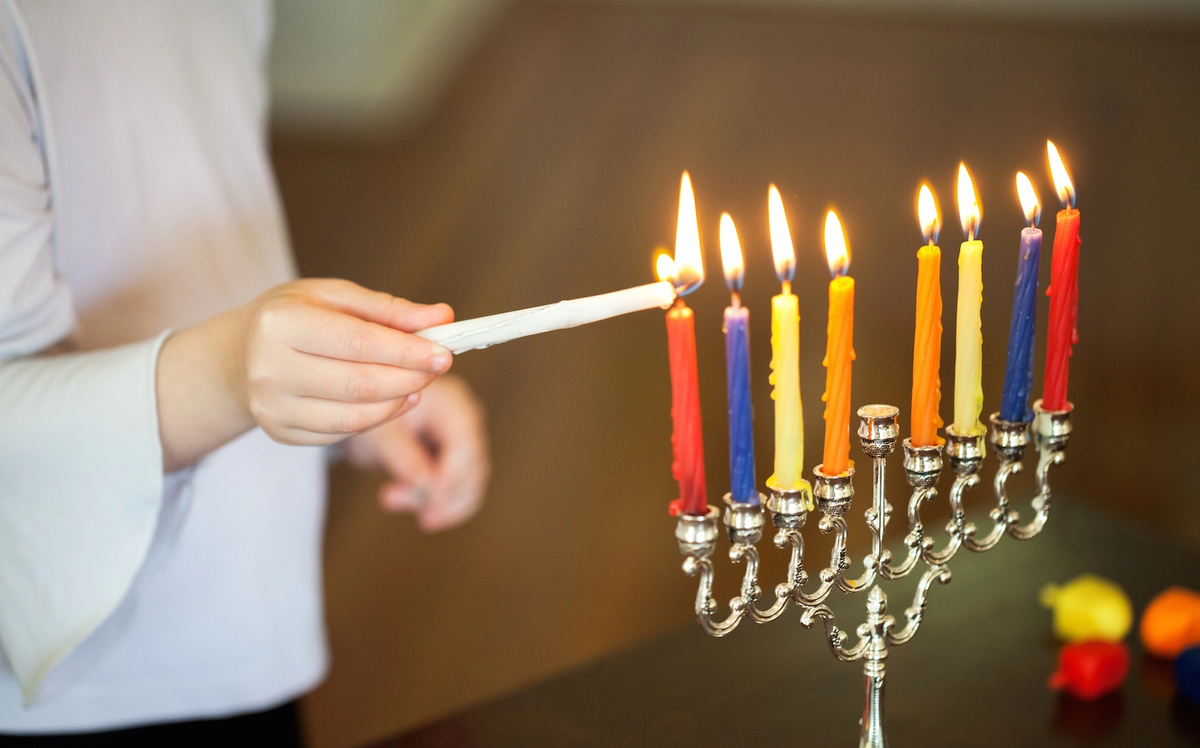
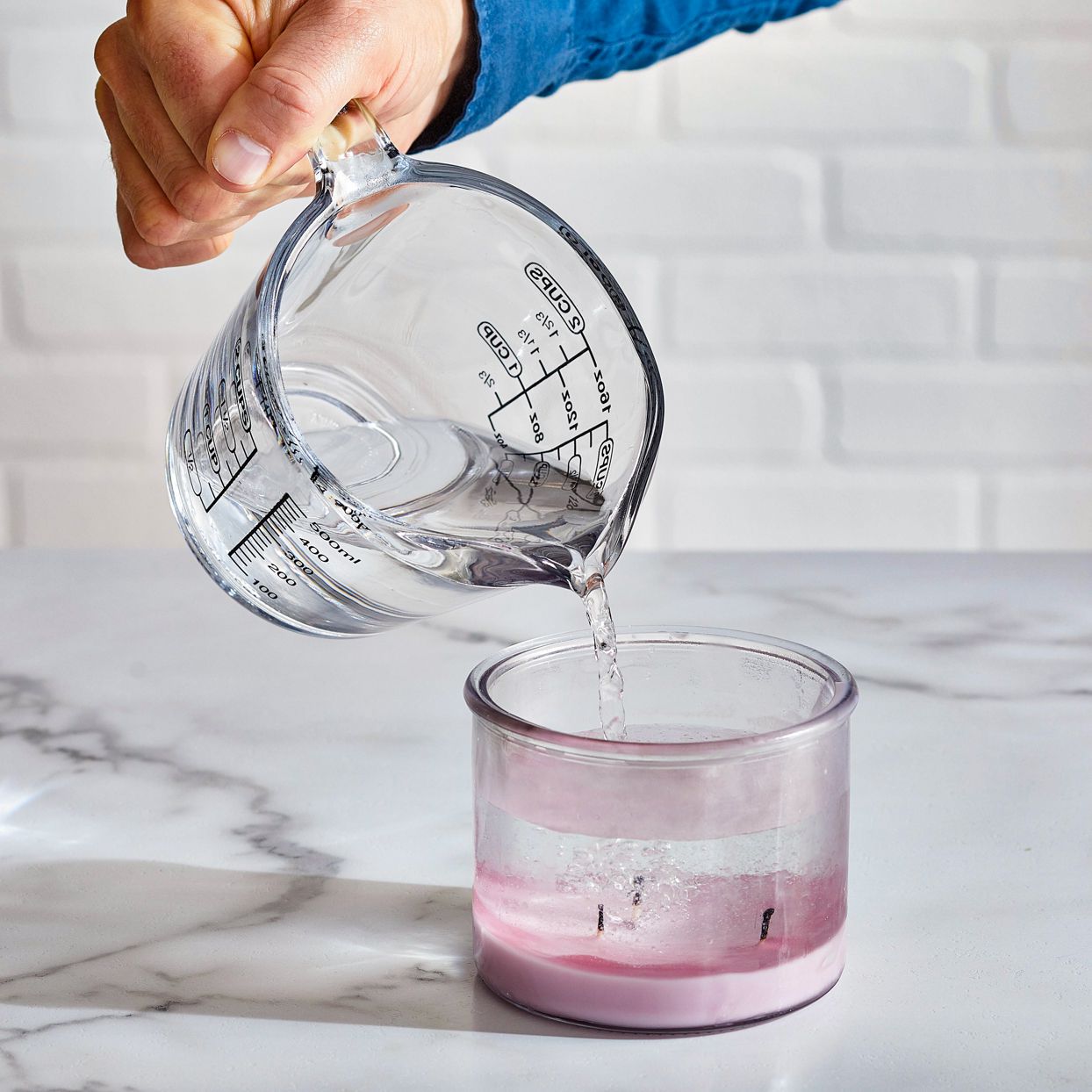


0 thoughts on “What Temperature Do Candles Melt”